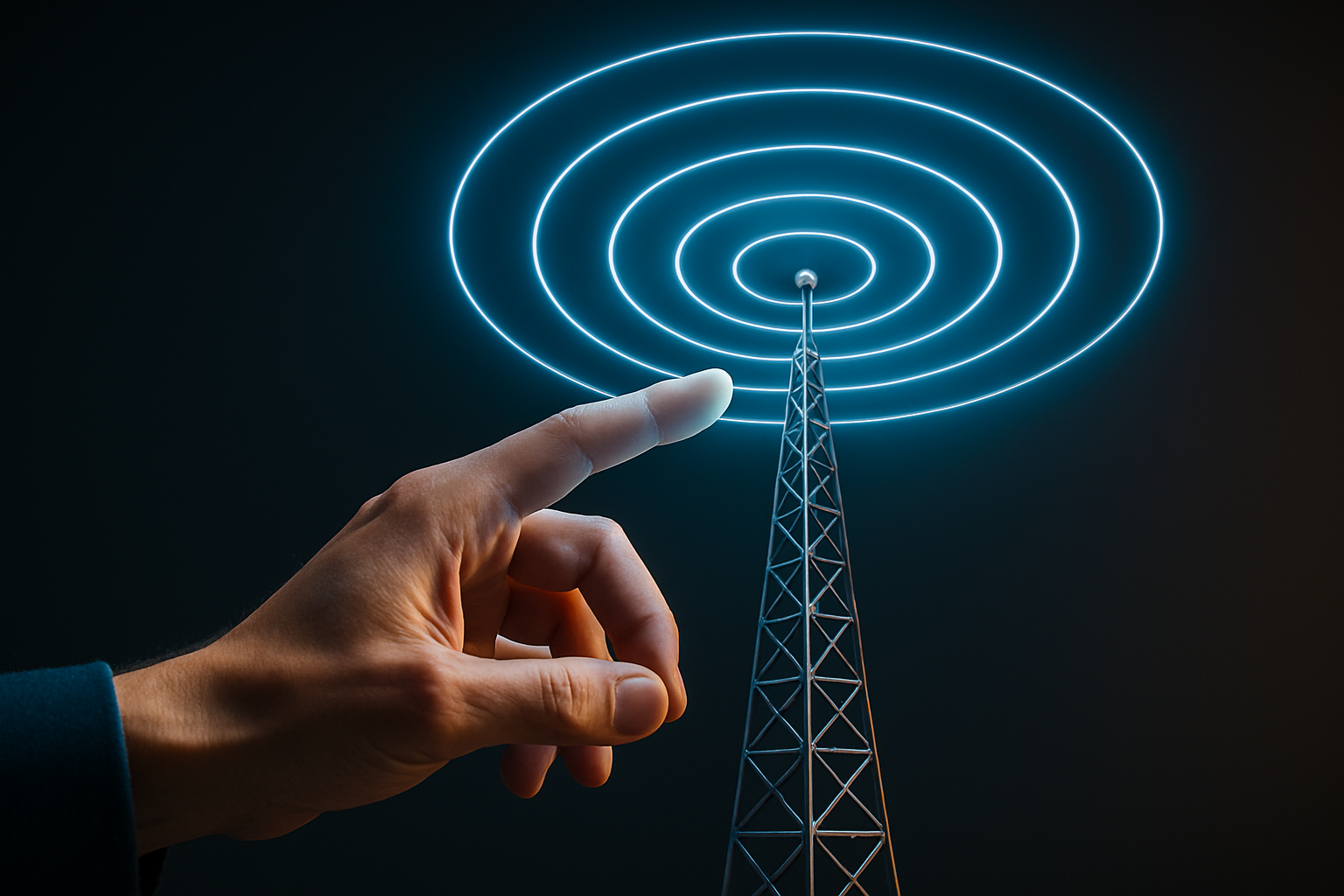Unraveling the Health Benefits of Grounding: The Science of Connecting with the Earth
Have you ever felt a sense of calm and tranquility wash over you after walking barefoot on the beach or in the grass? This phenomenon, known as grounding or earthing, has been gaining attention in the wellness world. But what does science say about it? Let's delve into the fascinating world of grounding and its potential health benefits.

The Concept of Grounding: A Historical Overview
Grounding, also known as earthing, is not a new concept. It has been a part of various cultures and traditions for centuries. Indigenous cultures around the world have long recognized the healing power of the Earth and incorporated grounding practices into their rituals and healing methods. However, it was only in the late 20th century that the scientific community began to explore grounding as a potential health strategy.
The Science Behind Grounding
The premise of grounding is simple: when our bodies make direct contact with the Earth, we absorb its natural electrical charge. This process is believed to neutralize free radicals in our bodies, reducing inflammation and improving overall health.
Several studies have explored the potential health benefits of grounding. A 2012 study published in the Journal of Environmental and Public Health found that grounding could improve sleep, reduce pain, and decrease stress. Another study published in the Journal of Inflammation Research in 2015 suggested that grounding could reduce inflammation and improve wound healing.
The Benefits and Challenges of Grounding
Grounding is a simple and accessible practice that anyone can incorporate into their daily routine. It requires no special equipment or training – all you need is direct contact with the Earth. This could be as simple as walking barefoot in the grass, gardening, or even lying on the ground.
However, grounding also has its challenges. For those living in urban environments, finding a patch of earth to connect with can be difficult. Additionally, while the research on grounding is promising, it is still in its early stages, and more studies are needed to fully understand its potential health benefits.
Grounding in Practice: Research-Backed Insights
Despite the challenges, grounding is a practice worth exploring. Here are some research-backed insights on how to incorporate grounding into your routine:
-
Spend at least 30 minutes a day in direct contact with the Earth. This could be walking barefoot, gardening, or even sitting on the ground.
-
If you live in an urban environment, consider investing in a grounding mat or sheet. These products are designed to mimic the Earth’s natural electrical charge and can be used indoors.
-
Remember, consistency is key. Like any wellness practice, the benefits of grounding are most likely to be seen with regular practice.
Grounding: Quick Facts
-
Grounding is based on the concept that direct contact with the Earth can neutralize free radicals in our bodies.
-
Research suggests that grounding may improve sleep, reduce pain, and decrease stress.
-
Grounding is a simple and accessible practice that can be incorporated into daily routines.
In conclusion, grounding is a fascinating wellness practice that offers a unique way to connect with the natural world. While more research is needed, the potential health benefits of grounding are promising. Whether you’re walking barefoot in the park or using a grounding mat at home, this simple practice could be a valuable addition to your wellness routine.





